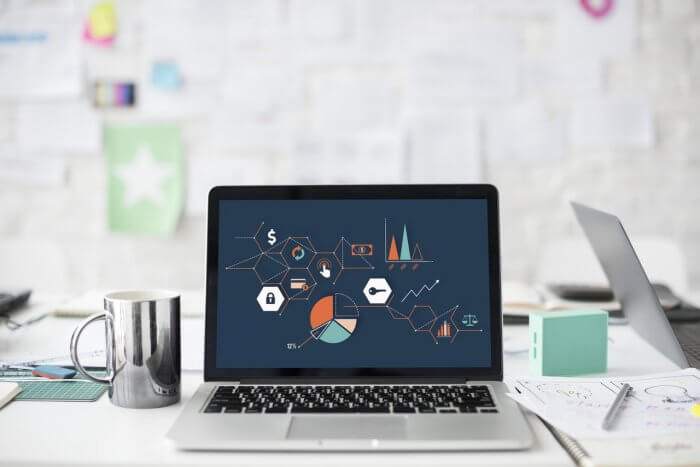
The Department of IT Services or Information Technology Services Support Department (ITSM or ITSSM) refers to the implementation and management of high-quality IT services that meet business needs. IT Service Management is implemented by IT service providers through an appropriate mix of people, IT and process. IT service providers can no longer focus on technology and internal organization; now they have to think about the quality of their services and focus on the relationship with customers.
ITSM is also seen as an outsourcing exercise of daily IT management responsibilities as a strategic way to improve processes. This could include outsourcing for production support and life-cycle-building / maintenance activities. The essence of service management is to transform resources into valuable services. Help understand the services provided, ensures that the services facilitate the outcome, understand the value of the services offered and also manage all the costs and risks associated with the services. Today, executives face the challenge of meeting growing business demands as their budgets shrink, and technology becomes more complex and expensive. The biggest problem for IT executives is to collaborate with business managers to provide quality products. What are their requirements? Some of the foci of their interest are listed below:
– Availability of application infrastructure for end users
– IT strategy takes advantage of the existing infrastructure
– Simplified supplier management
– Compliance with corporate governance
– Expanding IT operations for business growth
– Ability to manage advanced technology
– Create a potential value for IT rather than just cost management
Information technology refers to computers and also communications to support the purchase, processing, storage, conversion, display and transfer of text, numbers, images and audio information, including the provision of equipment and methods for the provision of information and equipment services, and both sides of the year.
-
Applications
IT research, including science, technology, engineering and specialty management, these disciplines in information management, transfer and processing, software and related equipment and their interactions.
Application of technology I, including hardware and software, IT networks and software development tools. Since the spread of computers and the Internet, computer use has become more widespread in the production, processing, exchange, and dissemination of information in
various forms (such as books, business documents, newspapers, music, movies, television programs, audio, graphics, images, etc.).
-
Professional category
Different aspects can be divided into solid technology (physical and chemical technology) and soft technologies (material-to-material conversion technology). The first refers to a variety of information devices and their properties, such as microscopes, telephones, satellite communications, and multimedia computers.
-
Social function
Information Industry
With the rapid advancement of information technology in the world, the fast global demand for information, products and information services for different countries, regions, institutions, institutions, families, and individuals is essential. IT support today’s economic activity, and social life has become a cornerstone. In this case, the information industry has become the world, especially the developed countries competing for investment, focusing on the development of strategic sectors.
-
Direction development
A remarkable success to promote the application of information technology to improve the world dedicated to technology I, and information technology is driven by the great demand for rapid development. The general trend of the current development of information technology is the development and application of Internet technology as a center.
-
Key features
Some will include computer technology and networks – digital, networking, multimedia, intelligence, virtualization, and IT as a feature. We believe that the characteristics of IT should be understood in the following two points:
IT has different characteristics from other IT technologies. Specific performance: The primary function is to improve the efficiency of information processing, use, and also energy. The information contained in decisions on disposition is of a universal nature, and objectivity, objectivity, proportionality, dynamism, participation and also other characteristics can be changed.
-
The Education system
IT education has two aspects:
The first refers to learning and mastering IT education. The second refers to use. From the objectives of previous education and the contents of education to understand education, the latter of the means and methods of education to understand the teaching of information technology. This makes it possible to define “IT education” as follows:
IT education refers to learning, information literacy training, to achieve learning, technical education, and practice improvement.

